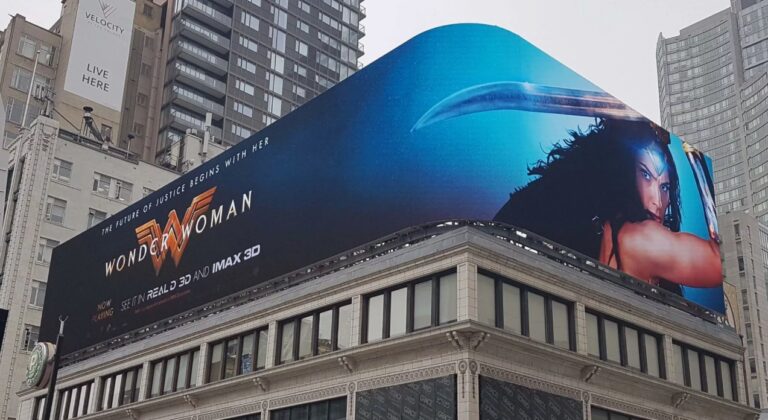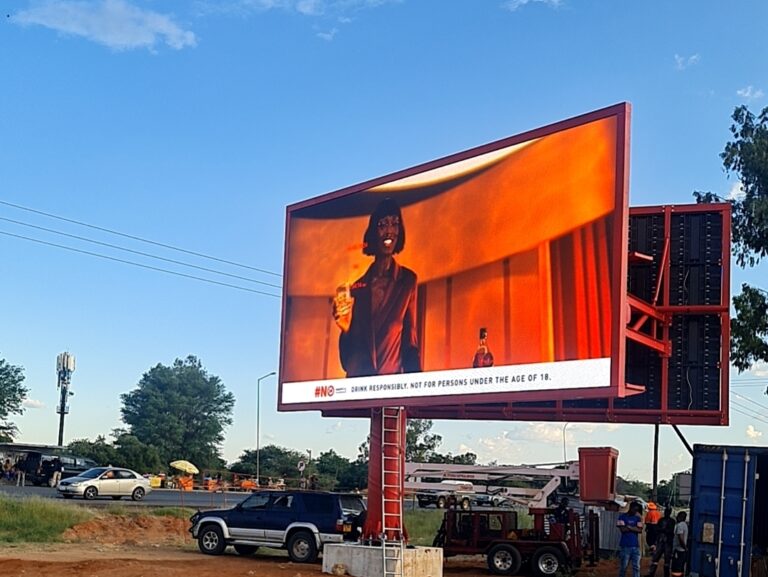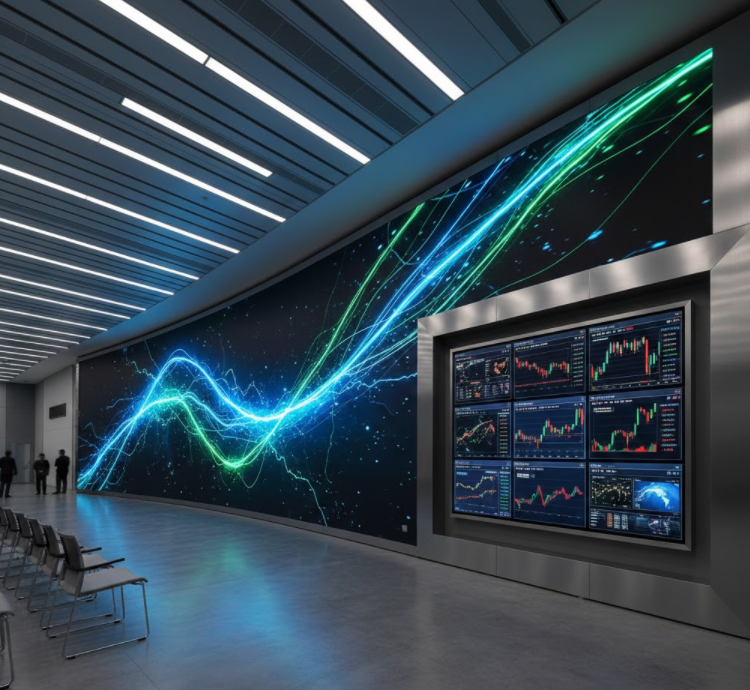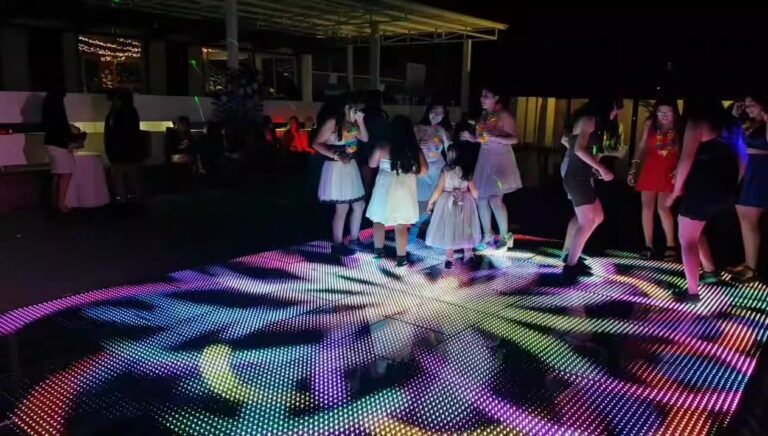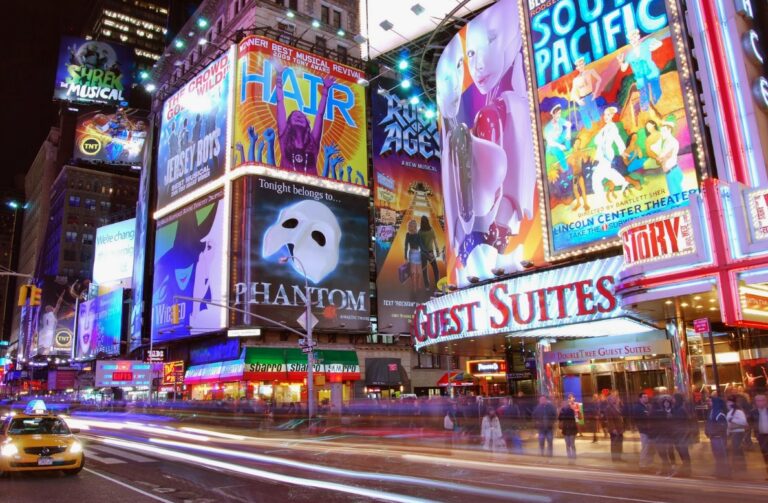Table of Contents
-
Why are consumers and industries turning to LED?
-
Core Advantages: LED vs. LCD
-
Application Scenarios: How LED is changing industries
-
Frequently Asked Questions (FAQ)
-
Conclusion: The Future of LED Displays
Display technology has undergone a revolutionary transformation in the past two decades. Remember the early 2000s when bulky CRT monitors were replaced by LCDs, and people were amazed by the slim profiles? But technology never stops moving forward, and LED technology quickly became the market favorite due to its superior performance. This transformation wasn’t instantaneous — early LED-backlit LCD TVs made their debut in 2004, while true self-emissive OLED was launched by Sony in 2007 with an 11-inch prototype. By the mid-2010s, LEDs had firmly established dominance in the high-end display market.
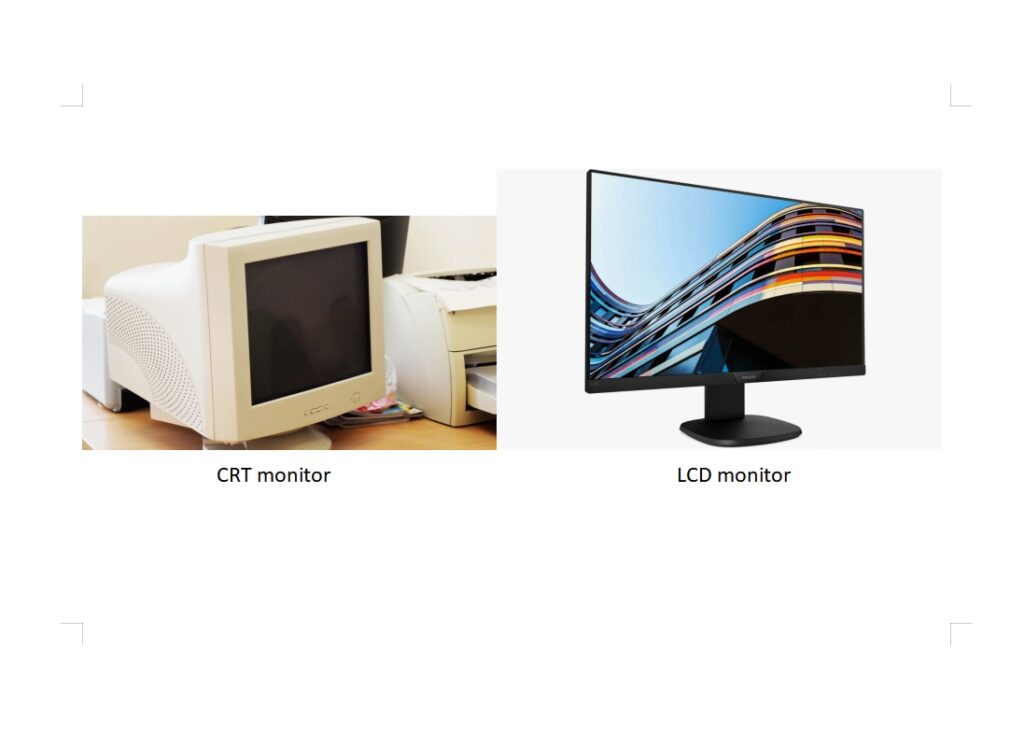
Why was this shift so fast and thorough? Consumers grew tired of the limited contrast and viewing angle problems of LCDs, while the industry sought more energy-efficient and flexible solutions. LED technology perfectly met both needs, creating a win-win situation. According to market research firm DSCC, global LED display panel shipments accounted for 78% of the entire display market in 2023, with the number expected to surpass 85% by 2025.
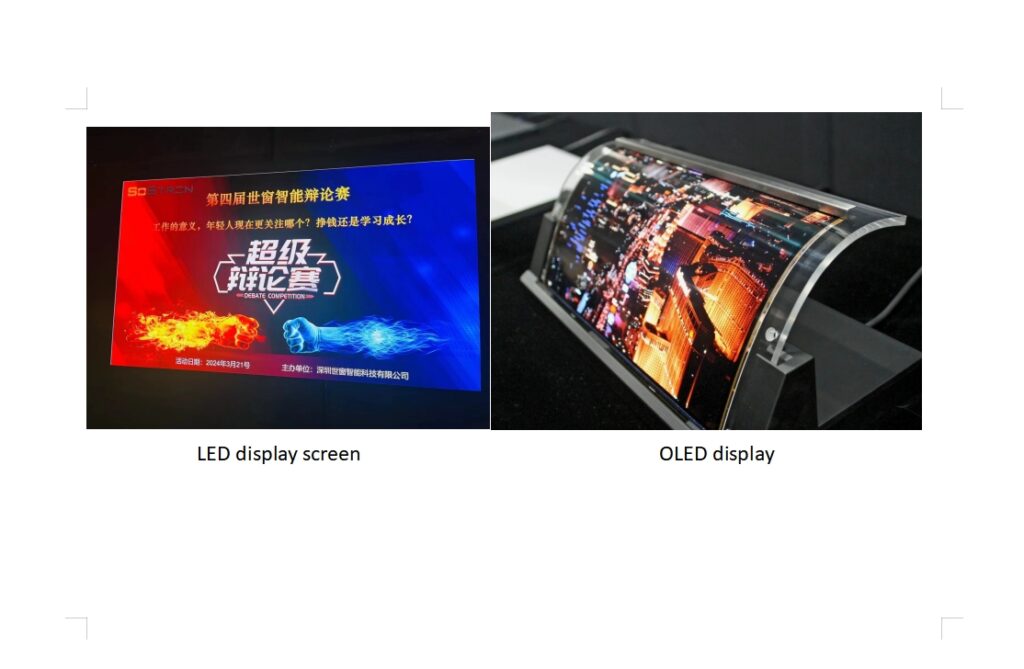
1. Why are consumers and industries turning to LED?
Consumers and industries are embracing LED technology not by coincidence, but because of a series of core advantages:
-
Superior Image Quality: LED displays surpass traditional LCDs in contrast, color saturation, and brightness.
-
Higher Energy Efficiency and Eco-Friendliness: LED’s low power consumption aligns with the modern push for energy conservation and environmental protection.
-
Greater Design Flexibility: Self-emissive properties allow LED displays to be ultra-thin, flexible, or even transparent, providing limitless design possibilities.
-
Faster Response Time: Crucial for gamers and users watching fast-moving scenes.
2. Core Advantages: LED vs. LCD
To better understand the advantages of LED, let’s compare it to LCD in greater detail:
-
Image Quality: Brighter, Truer, and More Lifelike
-
Higher Contrast and HDR Support: LED displays, especially those with local dimming technology, offer precise control over backlight in different areas of the screen. This means that LEDs can completely turn off in dark areas to produce deep blacks, while bright sections can be even brighter, achieving extremely high contrast. This is critical for displaying high dynamic range (HDR) content, revealing more image details and depth.
-
Example: When watching an HDR movie, an LED TV can better showcase the depth of the night sky and the brilliance of starlight, as well as the brightness and shadows in scenes with sunlight, providing a more immersive visual experience.
-
Wide Color Gamut: LED technology can achieve a wider color range, covering higher NTSC and sRGB color gamuts. This means that LED displays can present more vibrant, rich, and realistic colors, making images look more lifelike.
-
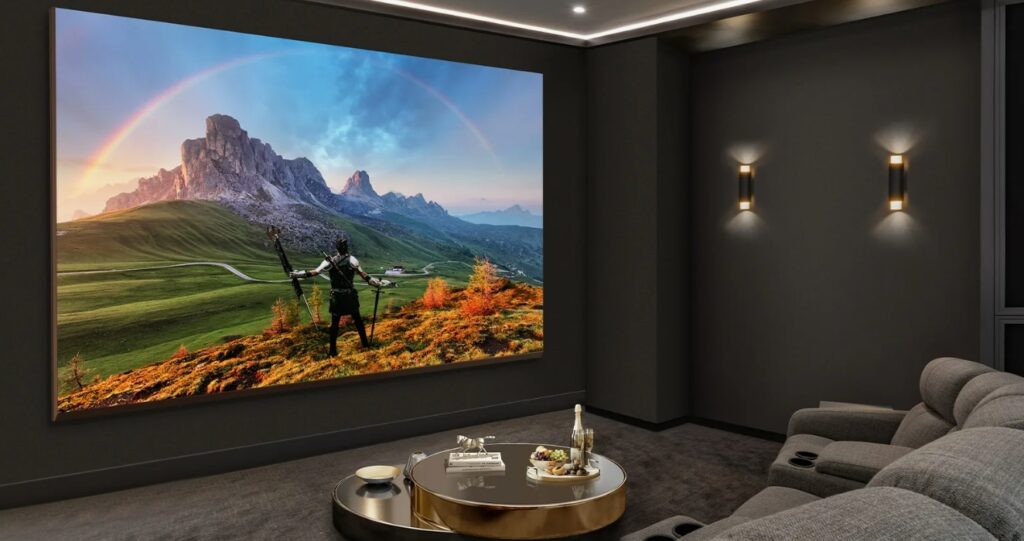
-
Energy Efficiency and Sustainability: Saving Power and the Planet
-
LED Backlight Power Consumption is 30%-50% Lower Than CCFL: Even as the backlight for LCDs, LED saves significantly more energy than traditional CCFL tubes. Direct-emissive LED displays are even more energy-efficient. This not only lowers users’ electricity costs but also aligns with global energy-saving trends.
-
Mercury-Free and Longer Lifespan: Traditional CCFL lamps contain mercury, which is harmful to the environment, whereas LEDs are mercury-free and more eco-friendly. Additionally, LEDs generally last much longer than CCFLs, meaning they provide longer use and contribute to less electronic waste.
-
Data Reference: According to the U.S. Department of Energy, the lifespan of LED lights typically exceeds 25,000 hours, far surpassing the few thousand hours of CCFL tubes.
-
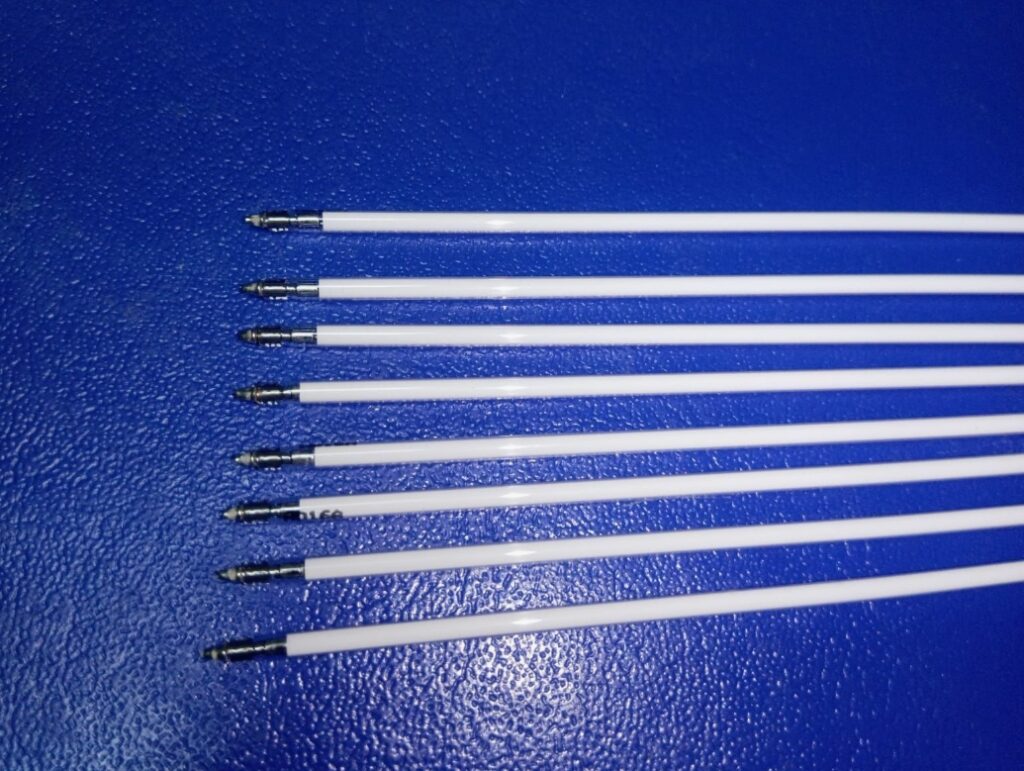
-
Design Flexibility: Ultra-thin and Customizable
-
OLED/LED Flexible Screens: Although OLED and inorganic LED differ in their technological principles, both share self-emissive properties, enabling flexible displays. Innovative applications like curved screens and transparent displays offer users new visual experiences and design possibilities. Here is a comparison of LCD, LED and OLED displays.
-
Example: Transparent LED displays in shopping mall windows allow products to be showcased while playing advertising content, creating an eye-catching effect.
-
Modular Design: LED technology has also spurred the development of modular large displays that can be freely assembled and customized in size, making them widely used in commercial advertising and stage backgrounds.
-
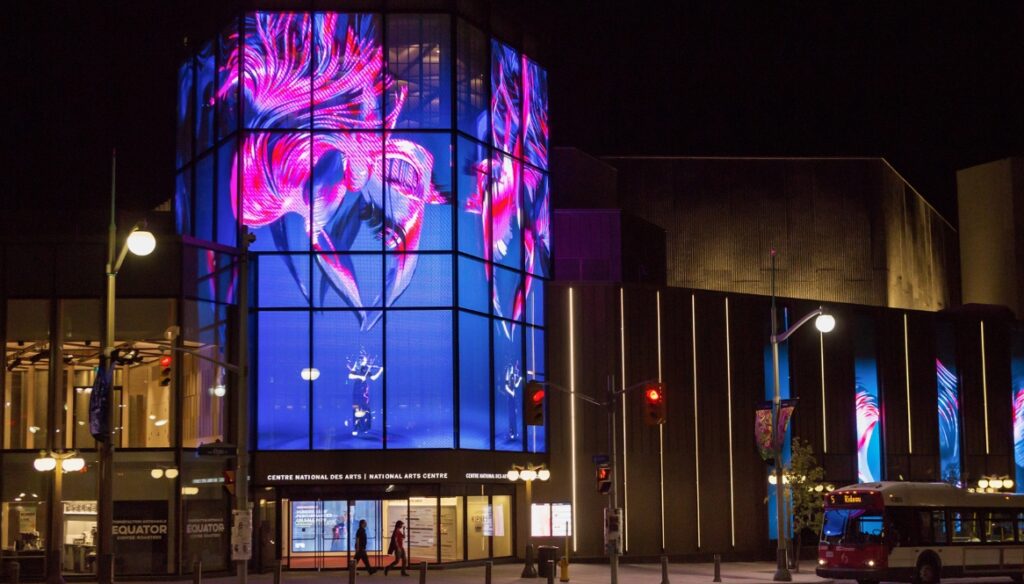
-
Response Time and Refresh Rate: The Kings of Gaming and Fast-Moving Content
-
Microsecond Response Time vs. Millisecond Delay in LCDs: LED displays, especially emerging technologies like Micro-LED, achieve microsecond pixel response times, far superior to LCD’s millisecond delays. Faster response means less motion blur and ghosting when displaying high-speed movement, resulting in clearer, smoother images. Micro LED: A comprehensive overview.
-
240Hz+ High Refresh Rates Becoming Common: To meet the high demands for smooth visuals in esports and film production, more LED displays are adopting 120Hz, 144Hz, and even 240Hz refresh rates. Higher refresh rates offer a smoother visual experience, reducing screen tearing and stuttering.
-
3. Application Scenarios: How LED is Changing Industries
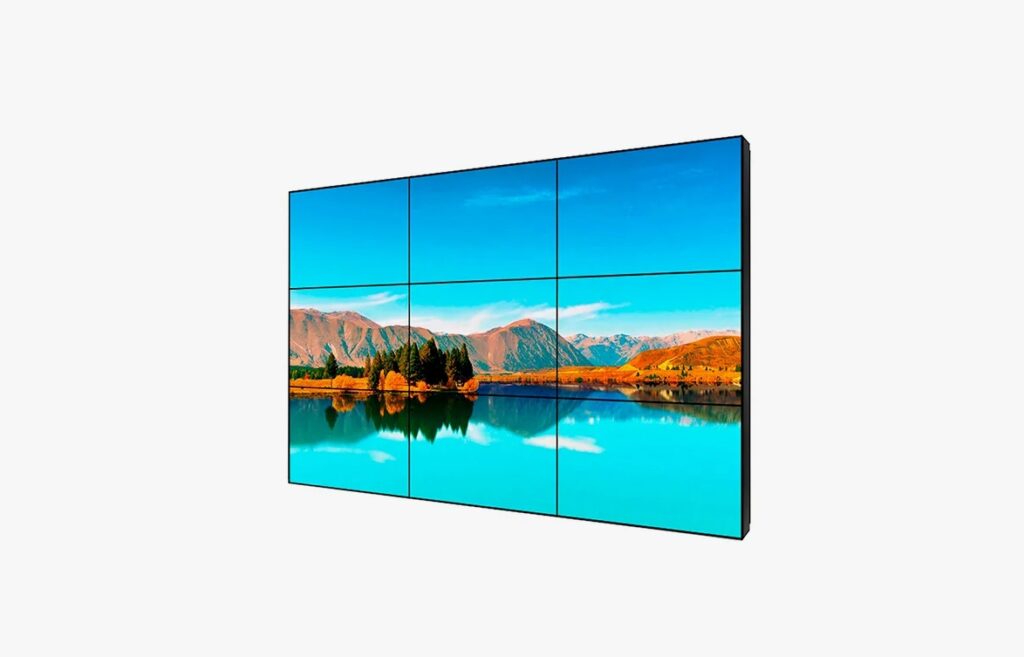
LED’s superior performance has revealed huge potential across various sectors:
-
Consumer Market: TV and Monitor Upgrades At the 2024 CES show, nearly all brands focused on LED technology. Sony’s latest A95L QD-OLED TV has boosted peak brightness to 1500 nits, maintaining perfect black levels. For regular consumers, mid-range models like the TCL 6 Series Mini-LED offer near-high-end performance at more affordable prices.
-
Commercial Sector: Outdoor Advertising, Retail Digital Signage LED billboards have captured 62% of the outdoor advertising market. The 580,000 square foot LED façade at the Las Vegas Sphere venue exemplifies this technology, with 1.6 million LEDs displaying 280 million colors. In retail, dynamic pricing electronic shelf labels are gradually replacing paper labels, with Walmart deploying the system in 500 stores.
-
Professional Use: Medical and Design Industries’ Color Accuracy Needs Medical diagnostic displays, like the Barco Coronis Fusion 42″, need DICOM standard certification, and their LED backlight system ensures stable image display within a brightness range of 0.01 to 2000cd/m². Apple’s Pro Display XDR provides designers with 1000 nits of sustained brightness and a 1,000,000:1 contrast ratio, meeting HDR content creation needs.
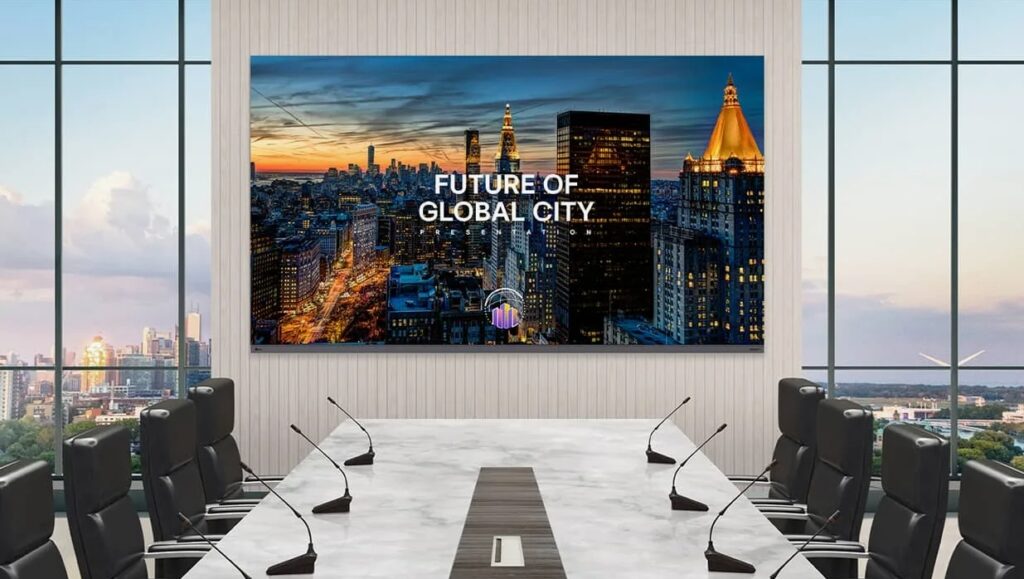
4. Frequently Asked Questions (FAQ)
Q1: Are LED displays more expensive than LCDs?
In the past, LED displays, especially those with direct-lit backlighting, were generally more expensive than traditional CCFL-backlit LCDs. However, as technology matures and mass production scales, the price gap has narrowed. Today, there are a variety of LED displays at different price points, from budget models to high-end ones. Generally, displays with better image quality or advanced features (such as Mini-LED, Micro-LED, high refresh rates, wide color gamuts) will be more expensive.
Q2: How do I choose the right LED display for me?
-
Purpose: Will it be used for entertainment, gaming, office work, or professional design? Different applications have different requirements for image quality, response time, refresh rate, etc.
-
Budget: Choose a model that fits within your budget.
-
Size and Resolution: Choose the appropriate screen size and resolution based on viewing distance and usage scenario.
-
Image Quality: Pay attention to contrast, brightness, color gamut, and HDR support.
-
Connectivity: Ensure the display has the required ports (e.g., HDMI, DisplayPort).
-
Special Features: Do you need a high refresh rate, curved screen, or smart features?
Q3: Does an LED display have any drawbacks?
Despite its advantages, LED technology is not flawless:
-
Cost: Some advanced LED technologies (e.g., Micro-LED) remain expensive.
-
Light Bleed Risk: While local dimming has improved, some low-end or less mature LED models may still show light bleed.
-
Blue Light Issue: All LEDs emit blue light, which may cause eye strain if viewed for long periods. Adjusting color temperature and using blue light filters can help alleviate this.
Q4: Do LED displays harm my eyes more than other types?
LED displays are not inherently more harmful to your eyes than other display types. The main concern is blue light exposure and prolonged screen time. High-quality LED displays usually offer low blue light modes, and adjusting screen brightness, color temperature, and taking regular eye breaks can help protect your eyesight.
Q5: Are Mini-LED and Micro-LED the future?
Yes, Mini-LED and Micro-LED are widely considered to be the future of LED display technology. Mini-LED has already made an impact in the high-end market, while Micro-LED is still in the early stages of development but holds enormous potential. As technology advances and costs decrease, both technologies are expected to become more widespread in display devices. Analyze 9 differences between Mini LED and Micro LED for you.
Q6: How do I balance LED vs. LCD when on a budget?
If you’re on a budget, mainstream LED-backlit LCDs are still a great option for most everyday uses. Focus on key parameters like panel type (e.g., IPS panels typically offer better color and viewing angles), resolution, and refresh rate. If you’re looking for better image quality, consider entry-level direct-lit LED-backlit LCDs, or wait for Mini-LED technology to become more affordable.
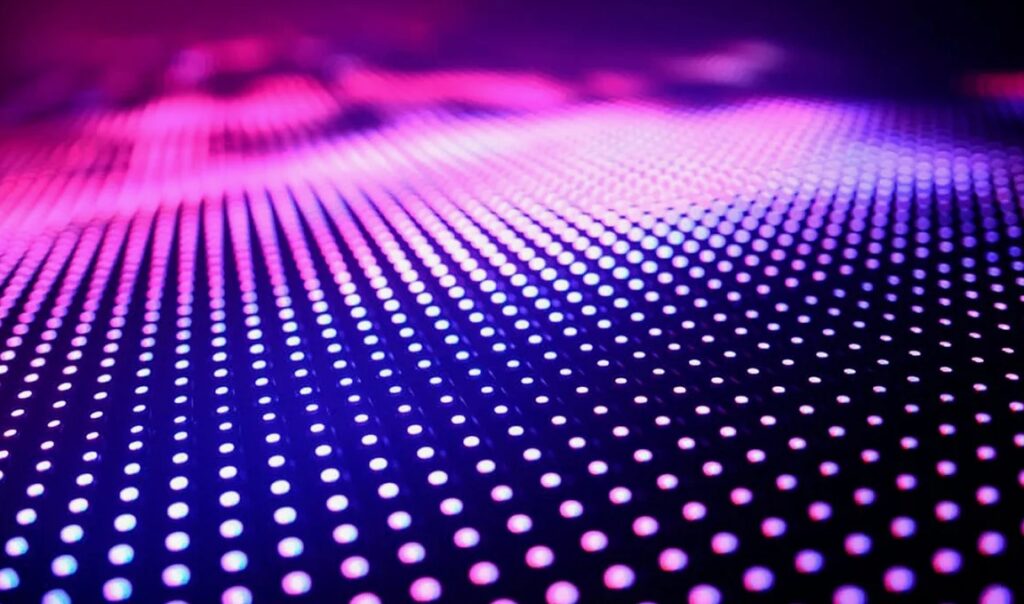
5. Conclusion: The Future of LED Displays
LED displays are poised to dominate across various industries, from consumer electronics to commercial advertising. Their superior image quality, energy efficiency, design flexibility, and speed have firmly positioned them as the go-to technology for future display solutions. As the market continues to evolve, expect even more advanced features like Micro-LED and OLED to integrate with LED’s existing benefits, creating even more exciting possibilities.

